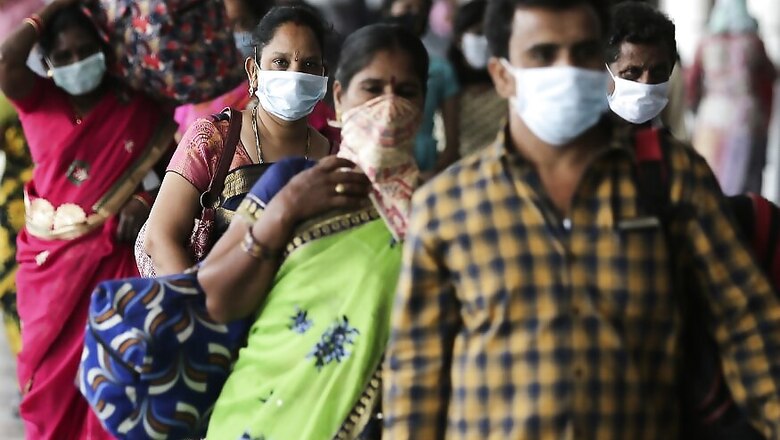
views
The unprecedented spread of the COVID-19 outbreak is overwhelming healthcare systems across the world. In less than three months, the virus has impacted 177 countries or territories (including cruise ships) infecting over 2,30,000 people and killing over 11,000. The rapidity of community spread has left policymakers and bureaucrats scrambling for ways to bolster an overworked healthcare system. Another impending concern is of people who are struggling to adjust to a self-isolation way of life.
With the pandemic existing at this scale, state capacity alone may not be enough to respond effectively. Struggling in the face of an invisible threat, states have to co-opt technology to augment their arsenal for a long haul fight against coronavirus.
There are three phases in which technology can be effective - one in the detection of COVID-19 positive individuals; second in enforcing quarantine conditions and finally on facilitating the non-infected individuals to stay-at-home.
Technological developments of the last few decades are helping the testing regime that has been currently applied for COVID-19. There are two stages for detection: thermal screening that we see at airports or public places and the confirmatory test. The thermal screening is a crude process - it can only identify if someone has a fever. While the confirmatory test usually determines if the virus is present in the sample by searching for the virus’s RNA.
However, this depends on an adequate amount of virus being present in the sample which further depends on the way the sample was taken. An alternative way to test for COVID-19 is to identify antibodies that the human body makes in response to the virus. This is a better method because antibodies can stay in the body long after the infection is over and therefore can be used to determine a history of infection.
The first serological tests based on antibody testing are now being made available. These tests will make identifying susceptible people easier and hopefully reduce the ambiguity brought on by the other methods.
Quarantine and self-isolation seem to be a difficult way to contain viruses, even celebrities have chosen to defy quarantine, setting bad examples for the general public. China, one of the world’s most technologically advanced societies, was quick to adopt self-isolation and asked its residents to stay indoors.
Through AliPay (one of the most popular mobile apps in China), the Chinese State has attempted to regulate the movement of its people. The idea is that based on a number of factors, each person’s app is going to be assigned a QR code to signify a risk of exposure. The code itself has three categories; green - unrestricted movement, yellow- self-quarantine for a week, and red - self-quarantine for two weeks. The system is being rolled out nationwide and is going to make it extremely hard for people to go around town without having a code.
There are concerns with these measures, such as privacy violations (though some of the data being collected is not permanent in nature, for instance, location data). But it has unintended but anticipated consequences. In China, people were not informed about what variables their QR codes were being calculated. So people who were returning home from work and had their codes turn red were not allowed entry in their apartment complexes and were exposed to a higher degree of risk. Or for people departing high-risk areas having their codes turn red meant they could not get on flights or take exits on highways. Yet effective quarantine measures are required and the compromise on privacy may be essential to ensure wider public health. In India particularly, this appears to have been brought on by public behaviour itself endangering public health should be a crime and safeguards against such lapses should not be undermined.
Finally, technological innovations need to help individuals working from home in maintaining social contacts. There hasn’t been a lot of discussion around how extended periods of isolation could impact mental health. With longer work from home durations and quarantine, there is a significant chance that we might be looking at increased cases of depression. Communities being isolated at this level is unprecedented, and if the situation continues like this for a longer period, people will miss physical contact, social validation and also the endorphins from a gym session. This is a gap that tech can and may need to address if things continue the way they are.
Given the anticipated long-term effects of this viral outbreak, we are going to need technological interventions to curb it as soon as possible and help us adjust to a new way of life in the long term.
Shambhavi Naik is a research fellow at the Takshashila Institution, Bengaluru.
Rohan Seth is a policy analyst at the Takshashila Institution, Bengaluru.




















Comments
0 comment